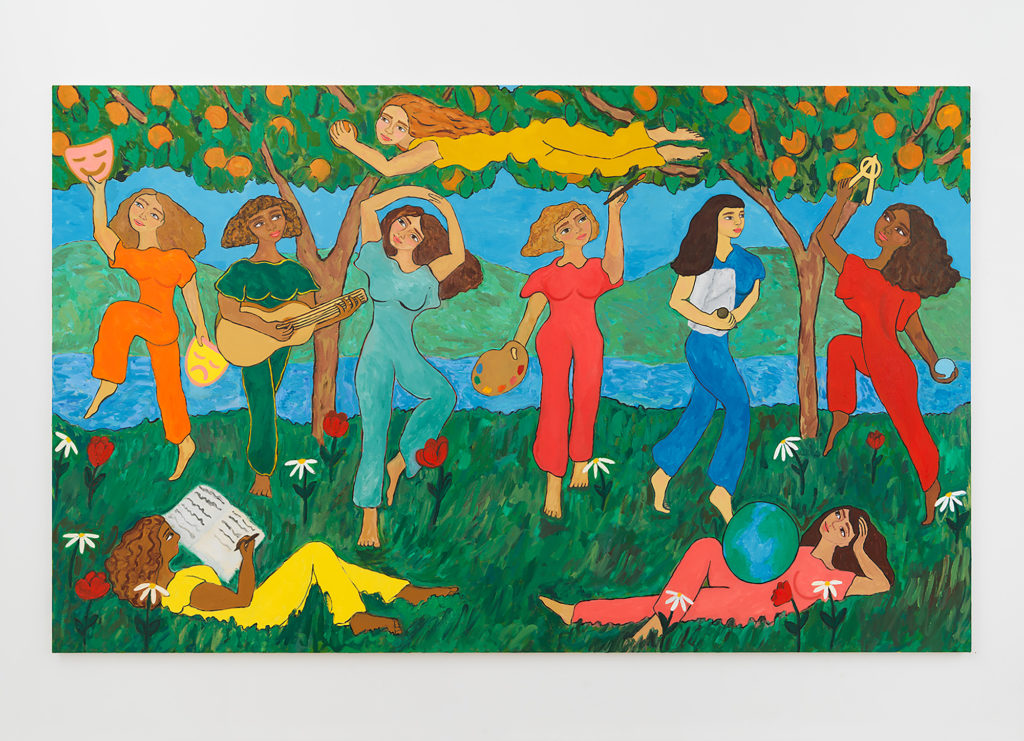Five Must-See Shows at the Inaugural Lower East Side Art Week
The LES Art Week debut spans twenty-four galleries around Manhattan’s increasingly trendy and gallery-filled Lower East Side—and takes female artists as its “theme”. From sinister rainbows to potent femininity, Emily Gosling selects five of the highlights.
In 2016, Artsy described New York’s Lower East Side as the city’s “most important art district”. The past decade or so, since the opening of the New Museum on the Bowery in 2007, has seen a huge increase in galleries springing up in the vibrant, charmingly scruffy (yet inevitably gentrified) pocket of Manhattan. This month sees the opening of the inaugural LES Art Week.
Lesley Heller of Lesley Heller Gallery (54 Orchard Street) and Bart Keijsers Koning of LMAK Gallery (298 Grand Street) are behind the event, conceiving of it as a way to emphasize “both brick and mortar galleries and the vibrant neighbourhoods in which they are located”.
For 2018 the “theme” is contemporary and established female artists. It does jar a little to align gender and thematics, something which can feel trend-driven or tokenistic, but LES Art Week is far from alone in turning its gaze towards the female of late (and of course it comes from a desire to recalibrate the historical gender imbalance): the past couple of years have seen numerous galleries large and small making a point of hosting lady-centric exhibitions.
“LES Art Week emphasizes the unique richness of the Lower East Side’s art scene, as both a neighbourhood of fine art and nonconformism,” say the organizers. “By asking each gallery to present within the same parameters, LES Art Week highlights the diversity of artistic vision each gallery represents.”
The art week boasts some great shows from some very interesting artists, who work across a range of media. Here are five exhibitions not to miss.
…
 Jessie Edelman, Muse at Denny Dimin Gallery
Jessie Edelman, Muse at Denny Dimin Gallery
Wisconsin-born, Brooklyn-based artist Jessie Edelman has created a new series of paintings that form a “pantheon” of nine muses based on goddesses from ancient Greek mythology. Edelman’s images aim to subvert the ongoing understanding of a muse as an object of beauty and passivity, and instead imagine the muse as artist. These nine characters feature throughout the paintings as dynamic, creative narrators of their own stories, rather than inspirations for others—“reclaiming” the muse and celebrating potent femininity.
